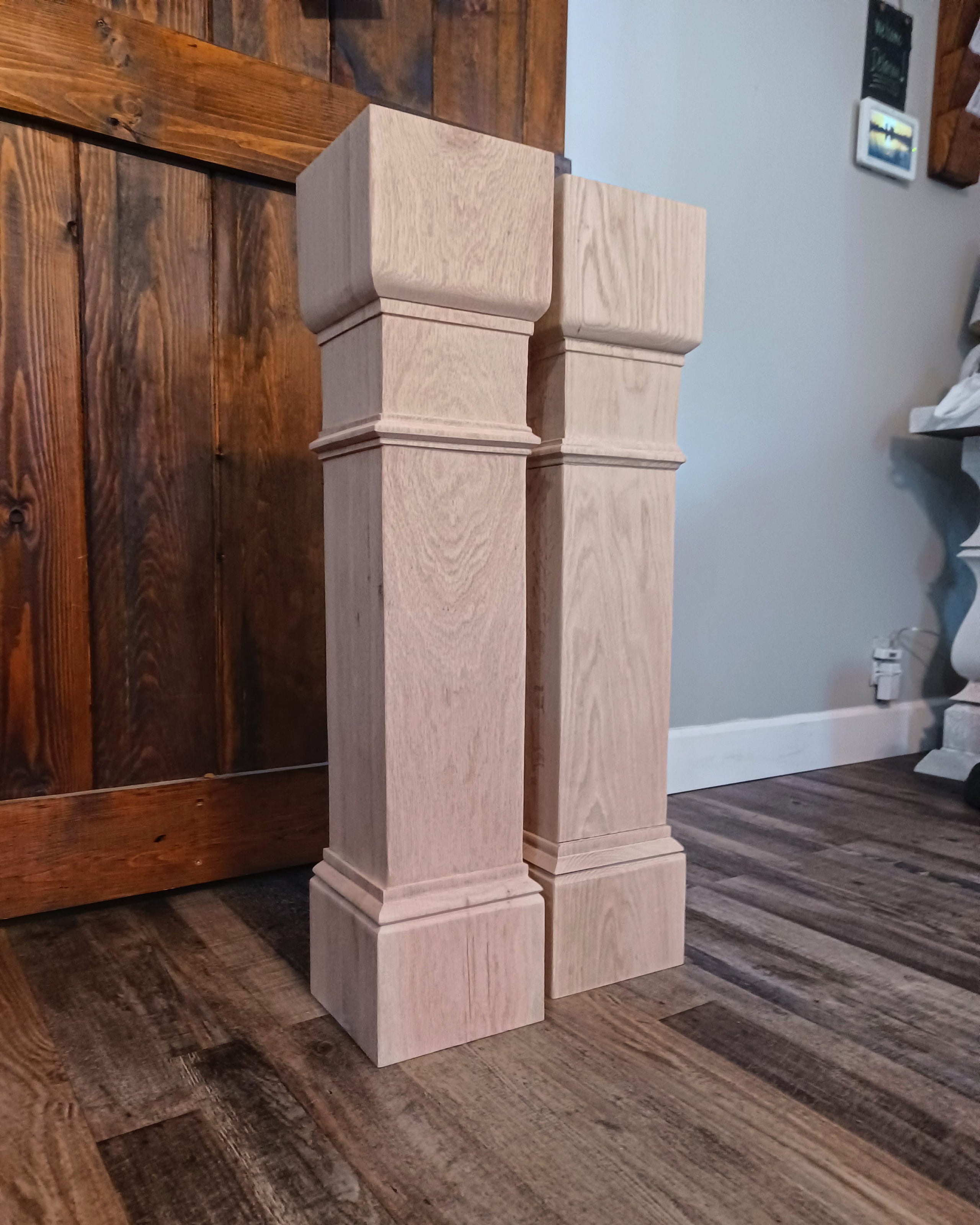Achieve the Perfect Balance of Type and Feature with Legs For Kitchen Island
Achieve the Perfect Balance of Type and Feature with Legs For Kitchen Island
Blog Article
An Overview to Picking the Perfect Legs For Kitchen Area Island for Your Home
Choosing the optimal legs for your cooking area island is a nuanced choice that affects both the performance and visual appeal of this central room. As you take into consideration these components, it comes to be obvious that the ideal legs can transform not only the look of your kitchen but additionally its use for years to come.

Comprehending Kitchen Island Legs
When choosing legs for a kitchen island, it's necessary to understand their useful and aesthetic roles in the general layout. The legs serve as a vital support group, making sure security and toughness for the island, which often works as a work space, dining area, or collecting place. For that reason, the choice of product and building and construction technique need to be durable adequate to hold up against daily usage and possible wear.
In enhancement to their structural responsibilities, legs contribute considerably to the island's visual charm. They can boost the cooking area's design, whether via traditional, contemporary, or eclectic designs. The height and proportion of the legs are also vital factors to consider; they have to integrate with the island's kitchen counter elevation while making certain comfy seating for those making use of the room.
In addition, the leg layout can affect the general circulation of the kitchen area. Open, airy leg styles can create a feeling of agility, while strong, substantial legs may convey a more based and secure visual - Legs For Kitchen Island. Comprehending these practical and aesthetic facets will certainly guide home owners in making informed options that match their cooking area's style and boost its functionality
Popular Styles and Materials
The option of legs for a cooking area island includes a range of popular designs and materials, each offering unique characteristics that can boost both performance and appearances. Amongst the most desired styles are modern, rustic, and standard. Contemporary legs typically feature streamlined, minimal styles that highlight simpleness and tidy lines, making them optimal for modern cooking areas. Rustic designs, on the various other hand, accept natural aspects and frequently display reclaimed timber or distressed coatings, adding heat and charm to the room. Conventional legs commonly display luxuriant details and workmanship, enhancing traditional cooking area styles.

Elevation and Security Factors To Consider

Stability is another crucial consideration. The legs of the kitchen island should offer sufficient support, guaranteeing that the structure can hold up against everyday use without changing or wobbling. Product choice plays a significant duty in stability; steel legs, for example, tend to supply higher toughness compared to wood. Additionally, making certain that the island is safely secured to the floor or wall surface can enhance security, specifically for bigger islands that may birth considerable weight.
Matching Your Kitchen Area Aesthetic
Selecting the right legs for your kitchen area island goes beyond performance; it likewise plays a considerable function in the general aesthetic of the area (Legs For Kitchen Island). When selecting legs, think about the design style of your kitchen area.
Legs that enhance or comparison with your island's surface and surrounding kitchen cabinetry link can produce visual consistency or striking focal factors. Additionally, consider the coating of the legs; matte, glossy, or distinctive surfaces can substantially affect the overall feeling of the kitchen area.
Installation and Upkeep Tips
Setting up kitchen island legs calls for cautious focus to detail the original source to ensure both security and aesthetic allure. Begin by choosing an ideal place for your island, ensuring it is level and has ample area for movement. If you are attaching the legs to a wall or making use of brackets for included support, use a stud finder to situate wall studs. Mark the positioning of the legs accurately before drilling.
When protecting the legs, make use of top notch screws and, if necessary, wood adhesive for added strength. For metal legs, make sure that you are making use of suitable anchors and devices to stop damage to your flooring. It is a good idea to look for levelness after installation, making modifications as required to stay clear of tottering.
Tidy the legs with an ideal cleaner, staying clear of unpleasant products that may scrape the surface. By following these installation and upkeep pointers, you can make certain that your cooking area island legs continue to be both aesthetically enticing and practical.
Final Thought
Finally, selecting the ideal legs for a cooking area island requires careful consideration of elevation, stability, Learn More Here and aesthetic compatibility. By picking ideal materials and styles that straighten with the general kitchen design, capability can be improved while maintaining aesthetic charm. Proper installment and continuous maintenance better add to the resilience and long life of the kitchen area island. Ultimately, thoughtful leg option plays a vital function in boosting both the functionality and design of the kitchen area space.
When selecting legs for a kitchen area island, it's vital to understand their visual and practical roles in the total layout. Open, ventilated leg styles can develop a sense of lightness, while strong, substantial legs might share a much more based and secure aesthetic. The legs of the kitchen area island need to offer ample support, making sure that the framework can endure everyday usage without tottering or shifting.Mounting cooking area island legs requires careful interest to information to make certain both stability and aesthetic appeal.In final thought, picking the ideal legs for a kitchen island necessitates mindful factor to consider of elevation, stability, and aesthetic compatibility.
Report this page